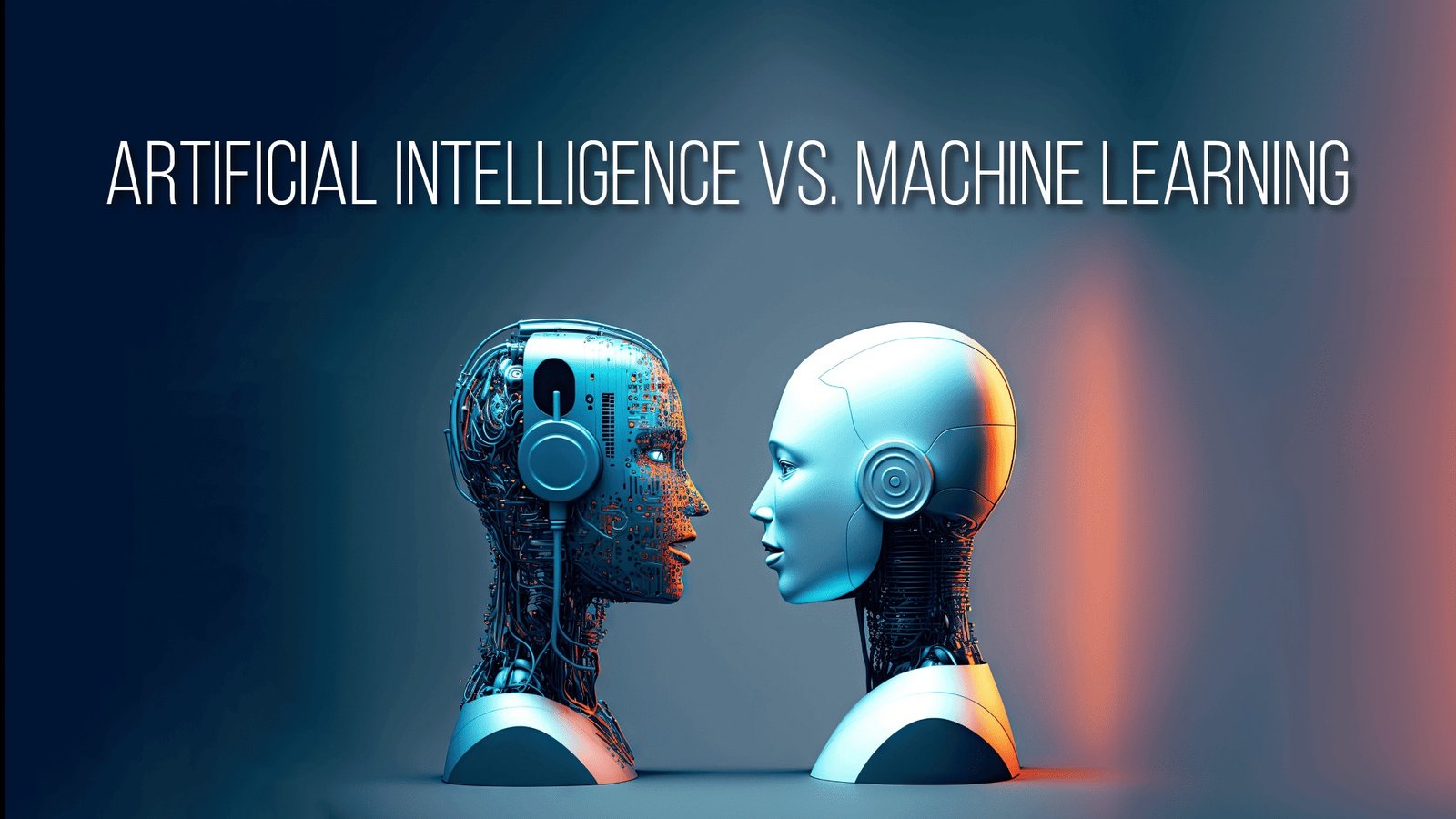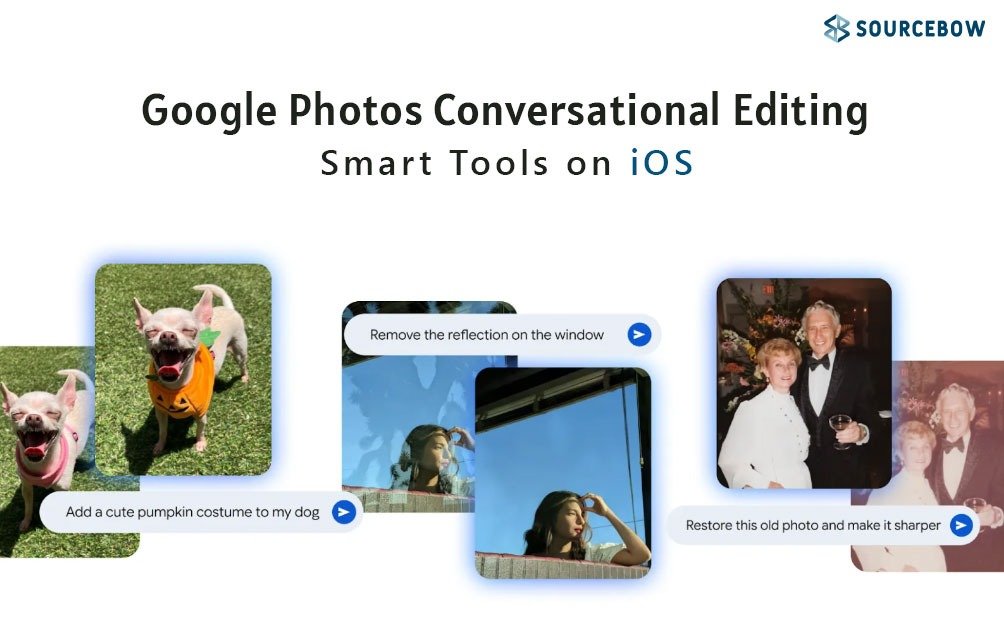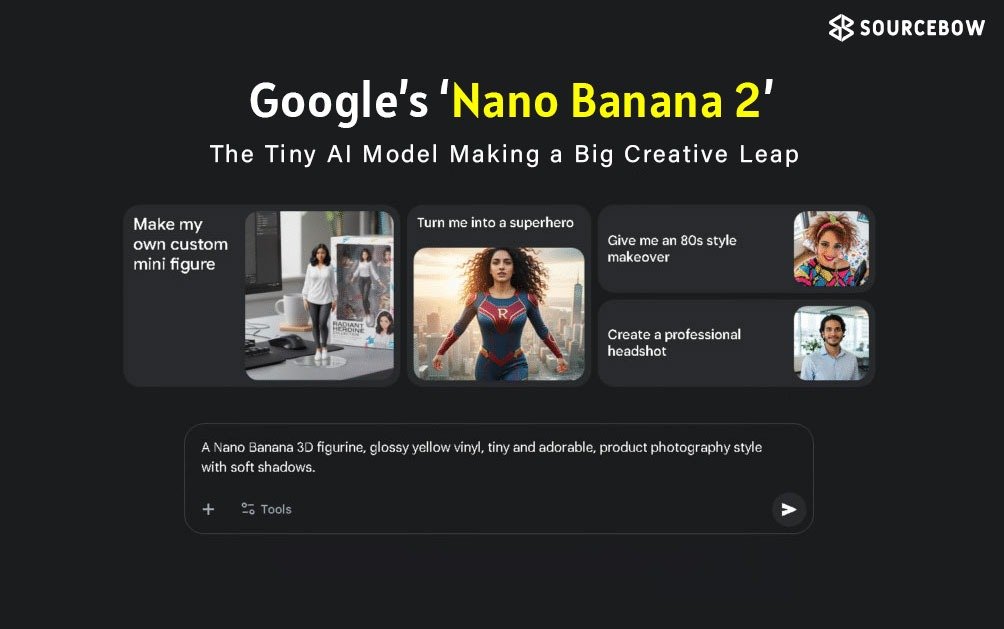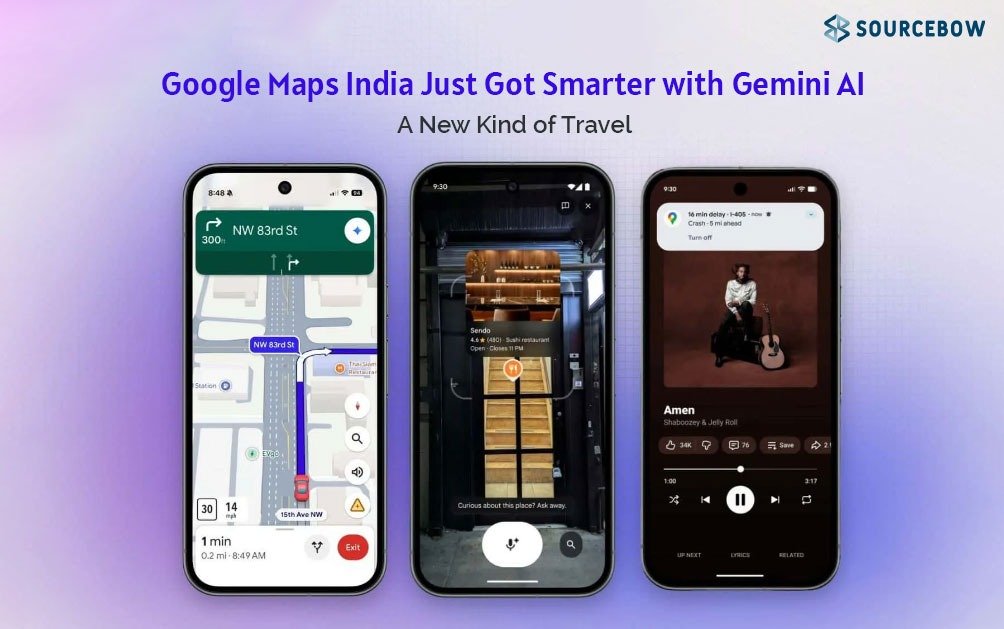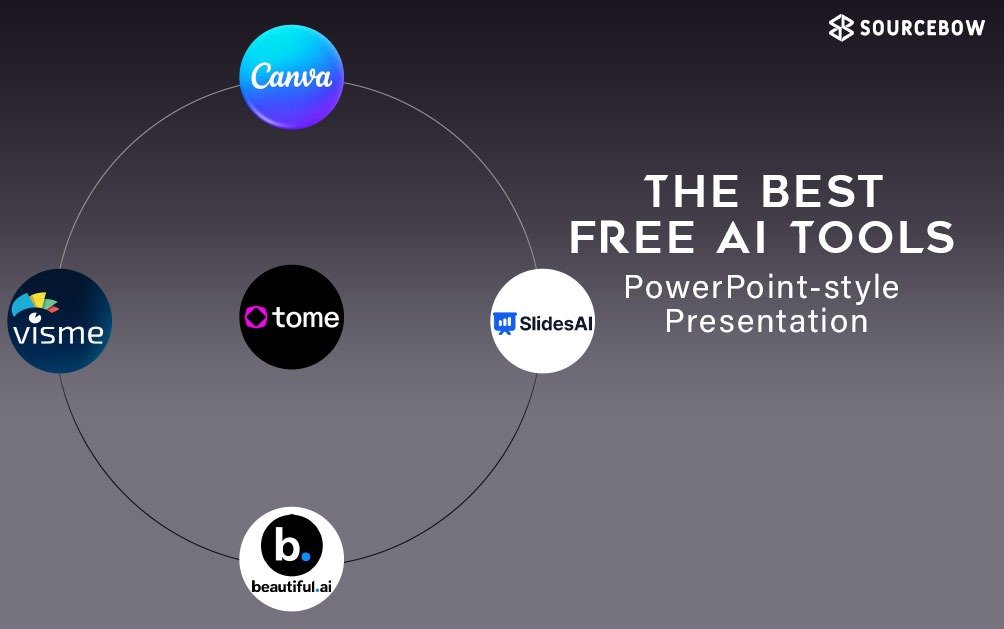Heard all the chatter about AI and machine learning taking over jobs? It’s a common worry, but here’s a different way to look at it: it’s not AI itself that will take jobs, it’s the folks who actually learn to use AI and machine learning tools who will be the ones advancing their careers. Think about it. When you’re good with these smart tools, you can do things in minutes that a traditional software developer might spend hours on. It’s all about working smarter, not just harder.
So, what exactly are we talking about when we say “machine learning” and “AI”? And how can you dive into this exciting field? Let’s break it down.
What’s Machine Learning Anyway?
Imagine you have tons of data, like, billions of bits of information. Now, you want to use all that past data to guess what might happen next. That’s pretty much what machine learning is! It’s like training a super-smart algorithm to look at all that old info and find patterns.
For example, let’s say you have data about wind speed, humidity, and temperature from past days, and you also know if it rained on those days. You can feed this to a machine learning algorithm. Then, when you give it today’s wind speed, humidity, and temperature, it can predict whether it’s going to rain. It’s not a guarantee, but it’s a super informed guess!
When we take this to the next level with something called deep learning, things get even more mind-blowing. Deep learning uses complex algorithms, often called neural networks, that can learn really intricate patterns. Think about ChatGPT – it’s a great example of how these complex algorithms can create things that seem almost human-like. While ChatGPT isn’t just a neural network, it shows how powerful these systems can be when they’re customized and put to work.
Three Ways Machines Learn
Machine learning isn’t just one thing; it comes in a few flavors. Generally, there are three main types:
- Supervised Learning: This is like learning with a teacher. You give the algorithm data that’s already labeled with the right answers. For instance, if you have health data like blood pressure and blood glucose, and you know whether those people are diabetic or not, you can train a supervised model. Then, for a new person, it can help predict if they might have diabetes. It’s super useful in healthcare and other areas where you have clear inputs and outputs.
- Unsupervised Learning: Here, there’s no “teacher.” You give the algorithm data that isn’t labeled, and it tries to find hidden patterns and organize it on its own. Imagine you have a bunch of customer data, and you want to see if there are natural groups of customers. Unsupervised learning can help you “cluster” them together. This is also used in things like spotting credit card fraud, where the system looks for unusual patterns in transactions.
- Reinforcement Learning: This one is pretty cool. It’s like teaching by trial and error. You have an “agent” that tries different actions, and it gets a “reward” for doing something right and a “penalty” for doing something wrong. Over time, it learns to maximize its rewards and figure out the best way to do things all by itself. Think about how a robot might learn to navigate a maze – it tries different paths, gets rewarded for reaching the end, and eventually learns the most efficient route.
Comparing Machine Learning Types
| Feature | Supervised Learning | Unsupervised Learning | Reinforcement Learning |
|---|---|---|---|
| Data Type | Labeled data (input-output pairs) | Unlabeled data | Environment, rewards, penalties |
| Goal | Predict outcomes or classify data | Discover hidden patterns or structures | Learn optimal actions through trial and error |
| Common Tasks | Prediction, Classification (e.g., spam detection, medical diagnosis) | Clustering, Dimensionality Reduction (e.g., customer segmentation, anomaly detection) | Decision Making, Control (e.g., game playing, robotics) |
| Feedback Mechanism | Direct feedback from labels | No direct feedback; finds intrinsic patterns | Rewards and penalties from the environment |
The Machine Learning Journey
So, how does all this actually happen? Training a machine learning model generally follows a few steps:
- Data Collection: First, you gather all the data you need. This could be from databases or other sources.
- Data Pre-processing: Raw data is often messy, so you need to clean it up and get it into a format that the machine learning algorithm can understand.
- Model Selection: Next, you pick the right machine learning model for your task. Sometimes, you even try out a few different ones!
- Model Training: This is where the magic happens. You feed your cleaned data to the chosen model, and it “learns” from it. This can take a while, depending on how much data you have and how complex your model is.
- Testing and Evaluation: After training, you need to see how well your model actually performs. You test it to see how accurate its predictions are and figure out if there’s anything you can do to make it even better.
- Prediction and Production: Once you’re happy with your model, you can use it to make predictions on new data. Then, you put it “into production,” meaning you integrate it into a real-world system where it can be used regularly. And, of course, you keep updating it as new data comes in!
When you’re evaluating how well a machine learning model is doing, you’ll hear terms like “accuracy,” “precision,” “recall,” and “F1 score.” These are just different ways to measure how good the model’s predictions are.
Deep Learning and the Rise of Generative AI
Deep learning is a special kind of machine learning that uses something called neural networks. Think of a neural network as a super complicated math function that tries to understand patterns in your data really, really well. We feed data to it over and over, and it keeps adjusting itself to minimize mistakes.
You might have heard of different types of neural networks like Convolutional Neural Networks (CNNs) for images, Recurrent Neural Networks (RNNs), and Long Short-Term Memory (LSTMs) for sequences of data. But in the world of Generative AI, Transformers are a big deal. They’re a kind of neural network that helps with things like natural language processing, making systems like ChatGPT possible. These architectures can generate new data by understanding how existing information is put together.
For more detailed insights into the growth of AI and its impact on various sectors, recent surveys by PwC indicate that AI could contribute up to $15.7 trillion to the global economy by 2030, with a significant portion coming from increased productivity and personalized products/services. (Source: PwC’s AI Predictions Report).
It’s All About Implementation
You don’t necessarily need to be a math genius or know every single line of code behind these models. What’s really important in the industry is knowing how to implement and deploy these models. Businesses want to see real-world results and insights from their data. If you can use AI tools to get work done faster – like doing a 10-hour task in just half an hour – you’ll be incredibly valuable.

